Artistic expression has been an integral part of human civilization since time immemorial. Across different cultures and regions, painting has emerged as a powerful medium for communicating ideas, preserving historical events, and reflecting the beauty of the world. On the Indian subcontinent, the evolution of painting as an art form has undergone a remarkable journey, blending indigenous styles with foreign influences to create a rich and diverse artistic heritage. In this article, we will delve into the origins, development, and transformation of painting on the Indian subcontinent, highlighting its cultural significance and notable contributions.
Ancient Origins of Indian Paintings:
The roots of Indian painting can be traced back to prehistoric times, as evidenced by rock art found in the Bhimbetka caves of Madhya Pradesh. These cave paintings, dating back thousands of years, depict animals, human figures, and daily life activities. The themes of these artworks provide insights into the socio-cultural life of ancient communities.
Indigenous Styles of Indian Paintings:
One of the earliest and most prominent indigenous painting styles in India is the “Ajanta” cave paintings. Located in Maharashtra, the Ajanta caves showcase exquisite frescoes and murals dating from the 2nd century BCE to the 5th century CE. These paintings, executed primarily in the Buddhist context, depict religious narratives, celestial beings, and scenes from Jataka tales. The Ajanta paintings exhibit a high level of technical skill, vibrant colors, and a deep sense of spirituality.
Another noteworthy indigenous style is the “Miniature Paintings” of the Rajput and Mughal courts. These intricate and delicate paintings flourished from the 16th century onwards. Rajput miniature paintings, characterized by bold colors, delicate brushwork, and detailed rendering, depicted themes from mythology, poetry, and courtly life. On the other hand, Mughal miniature paintings, influenced by Persian art, showcased royal portraits, historical events, and illustrations of literary works. Both these styles contributed immensely to the development of Indian painting.
Foreign Influences of Indian Paintings:
Throughout history, the Indian subcontinent has been a melting pot of various cultures and civilizations. Foreign influences played a significant role in shaping the evolution of Indian painting. One such influence was the arrival of Persian art during the Mughal era. Persian artists were invited to the Mughal court, resulting in the fusion of Persian and Indian artistic elements. This led to the emergence of a distinct Mughal painting style, characterized by detailed naturalistic depictions, the use of gold and silver, and a strong emphasis on portraiture.
European influences began to infiltrate Indian art during the colonial period. The British East India Company brought European artists to the region, leading to the rise of the “Company School” of painting. These artists blended European techniques with Indian subjects, producing artworks that catered to British tastes. However, this period also witnessed the emergence of indigenous artists who adopted Western techniques while preserving their Indian roots.
Modern and Contemporary Era Indian Paintings:
The 19th and 20th centuries witnessed a wave of artistic experimentation and the birth of several modern art movements in India. The Bengal School of Art, led by Abanindranath Tagore and Nandalal Bose, aimed to revive traditional Indian art forms and techniques. They emphasized the use of natural colors, simple compositions, and a departure from the Western influence prevalent at the time. This movement sought to establish a nationalistic identity through art and had a lasting impact on the Indian art scene.
In the 20th century, Indian painting underwent a significant transformation with the advent of the Progressive Artists’ Group. Led by luminaries such as M.F. Husain, F.N. Souza, and S.H. Raza, this group broke away from traditional art norms and embraced abstraction and modernism. They drew inspiration from Western art movements like cubism, expressionism, and abstract expressionism while incorporating Indian themes and cultural motifs. The Progressive Artists’ Group paved the way for the emergence of contemporary Indian art and its global recognition.
Conclusion:
The evolution of painting on the Indian subcontinent is a testament to the country’s rich cultural heritage and artistic diversity. From ancient cave paintings to intricate miniature paintings, the fusion of indigenous styles and foreign influences has shaped the art form over centuries. Indian painting has not only preserved historical events and religious narratives but has also served as a medium of expression for social, political, and cultural ideas. As we navigate the contemporary era, Indian artists continue to push boundaries, blending tradition with innovation, and leaving an indelible mark on the global art landscape.
-
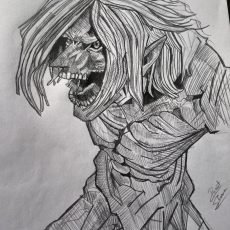 Eren Yeager Titan₹200.00
Eren Yeager Titan₹200.00 -
 Detective smoking₹200.00
Detective smoking₹200.00 -
 Indian Village Cooking – Rasoi Choolha₹600.00
Indian Village Cooking – Rasoi Choolha₹600.00 -
 The Joker from “The Dark Knight” art₹1,300.00
The Joker from “The Dark Knight” art₹1,300.00 -
Product on sale
 Volcano 01Original price was: ₹2,000.00.₹1,800.00Current price is: ₹1,800.00.
Volcano 01Original price was: ₹2,000.00.₹1,800.00Current price is: ₹1,800.00. -
 The First Impression₹2,500.00
The First Impression₹2,500.00 -
Product on sale
 Himachal 01Original price was: ₹5,000.00.₹4,500.00Current price is: ₹4,500.00.
Himachal 01Original price was: ₹5,000.00.₹4,500.00Current price is: ₹4,500.00. -
Product on sale
 Mussourie HillsOriginal price was: ₹3,500.00.₹3,200.00Current price is: ₹3,200.00.
Mussourie HillsOriginal price was: ₹3,500.00.₹3,200.00Current price is: ₹3,200.00. -
 Sunset or Sunrise?₹3,000.00
Sunset or Sunrise?₹3,000.00
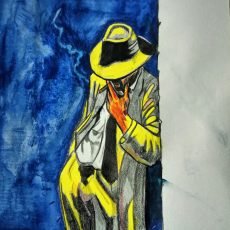
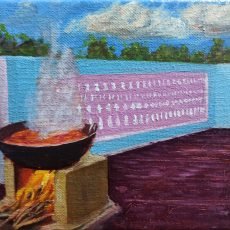
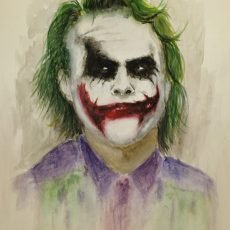
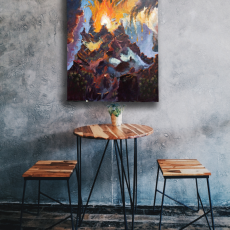


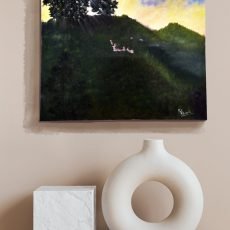

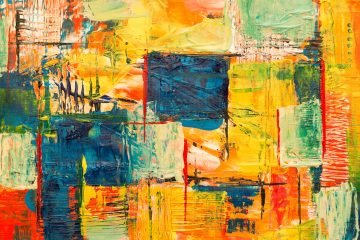

 Protected by Patchstack
Protected by Patchstack
0 Comments